Cerebral palsy is a complex and non-progressive neurological disorder that affects movement, muscle coordination, and posture. It is caused by brain damage or abnormalities during early development, often before or shortly after birth. Cerebral palsy is one of the most common childhood motor disabilities, with varying degrees of severity and types, such as spastic, dyskinetic, and ataxic.
This nursing notes provides an overview of cerebral palsy, highlighting its causes, clinical manifestations, management approaches, and nursing interventions to optimize the quality of life and functional independence of individuals living with this condition.
What is Cerebral Palsy?
Cerebral palsy is one of the most complex of the common permanent disabling conditions.
- Research in this area is directed at adapting biomedical technology to help people with cerebral palsy cope with the activities of daily living and achieve maximum function and independence.
- Cerebral palsy is a disorder of movement, muscle tone, or posture that is caused by damage that occurs to the immature, developing brain, most often before birth.
Classification
Several major types of cerebral palsy occur; each has distinctive clinical manifestations.
- Spastic type. Spastic cerebral palsy is the most common type and is characterized by a hyperactive stretch reflex, clonus (rapid involuntary muscle contraction and relaxation, contractures, scissoring (when scissoring is present, the child’s legs are crossed and the toes are pointed down.
- Athetoid type. Athetoid cerebral palsy is marked by involuntary, uncoordinated motion with varying degrees of muscle tension; children with this disorder are constantly in motion, and the whole body is in a state of slow, writhing muscle contractions whenever voluntary movement is attempted.
- Ataxic type. Ataxia is essentially a lack of coordination caused by disturbances in the kinesthetic and balance senses; ataxic cerebral palsy may not be diagnosed until the child starts to walk; the gait is awkward and wide-based.
- Rigidity type. Rigidity cerebral palsy is uncommon and is characterized by rigid postures and lack of active movement.
- Mixed type. Children with signs of more than one type of cerebral palsy, turned mix type, are usually disabled; the disorder may have been caused by postnatal injury.
Pathophysiology
Given the complexity of prenatal and neonatal brain development, injury or abnormal development may occur at any time, resulting in the varied clinical presentations of cerebral palsy (whether due to a genetic abnormality, toxic or infectious etiology, or vascular insufficiency).
- Cerebral injury before the 20th week of gestation can result in a neuronal migration deficit.
- Injury between the 26th and 34th weeks can result in periventricular leukomalacia (foci of coagulative necrosis in the white matter adjacent to the lateral ventricles).
- Injury between the 34th and 40th weeks can result in focal or multifocal cerebral injury.
- Brain injury due to vascular insufficiency depends on various factors at the time of injury, including the vascular distribution to the brain, the efficiency of cerebral blood flow and regulation of blood flow, and the biochemical response of brain tissue to decreased oxygenation.
- Before term, the distribution of fetal circulation to the brain results in the tendency for hypoperfusion to the periventricular white matter.
- Hypoperfusion can result in germinal matrix hemorrhages or periventricular leukomalacia.
- Between weeks 26 and 34 of gestation, the periventricular white matter areas near the lateral ventricles are most susceptible to injury.
- Because these areas carry fibers responsible for the motor control and muscle tone of the legs, injury can result in spastic diplegia (ie, predominant spasticity and weakness of the legs, with or without arm involvement to a lesser degree).
- At term, when circulation to the brain most resembles adult cerebral circulation, vascular injuries at this time tend to occur most often in the distribution of the middle cerebral artery, resulting in a spastic hemiplegic cerebral palsy.
- However, the term brain is also susceptible to hypoperfusion, which mostly targets watershed areas of the cortex (eg, end zones of the major cerebral arteries), resulting in spastic quadriplegic cerebral palsy.
- The basal ganglia also can be affected, resulting in extrapyramidal or dyskinetic cerebral palsy.
Statistics and Incidences
The incidence of cerebral palsy have not changed in more than 4 decades, despite significant advances in the medical care of neonates.
- In developed countries, the overall estimated prevalence of cerebral palsy is 2-2.5 cases per 1000 live births.
- In the developing world, the prevalence of cerebral palsy is not well established but estimates are 1.5-5.6 cases per 1000 live births.
- Lower socioeconomic status and male sex may be increased risk factors for cerebral palsy.
- Approximately 30-50% of patients with cerebral palsy have mental retardation, depending on the type.
- Approximately 15-60% of children with cerebral palsy have epilepsy, and epilepsy is more frequent in patients with spastic quadriplegia or mental retardation.
Causes
Although the cause of cerebral palsy cannot be identified in many cases, several causes are possible.
- Brain damage. It may be caused by damage to the parts of the brain that control movement; this damage generally occurs during the fetal or perinatal period, particularly in premature infants.
- Interference with oxygen supply. Any process that interferes with the oxygen supply to the brain, such as separation of the placenta, compression of the cord, or bleeding, may cause cerebral palsy.
- Maternal infection. Infection that occurs to the mother during the prenatal period, like cytomegalovirus, toxoplasmosis, or rubella, may lead to cerebral palsy.
- Nutritional deficiencies. Nutritional deficiencies that may affect brain growth during prenatal period could cause cerebral palsy.
- Kernicterus. Kernicterus is a condition that causes brain damage caused by jaundice resulting from Rh incompatibility.
- Teratogenic factors. Teratogenic factors such as drugs and radiation can cause cerebral palsy.
- Prematurity. Prematurity because immature blood vessels predispose the neonate to cerebral hemorrhage.
Clinical Manifestations
Signs of cerebral palsy include the following:
- Developmental delay. History of gross motor developmental delay in the first year of life.
- Abnormal muscle tone. The most frequently observed symptom; the child may present as either hypotonic or, more commonly, hypertonic, with either decreased or increased resistance to passive movements, respectively; children with cerebral palsy may have an early period of hypotonia followed by hypertonia; a combination of axial hypotonia and peripheral hypotonia is indicative of a central process.
- Hand preference. Definite hand preference before age 1 year: A red flag for possible hemiplegia.
- Problems in crawling. Asymmetrical crawling or failure to crawl.
- Growth disturbance. There is a growth disturbance especially in failure to thrive.
- Increased reflexes. Indicating the presence of an upper motor neuron lesion; this condition may also present as the persistence of primitive reflexes.
- Problems in reflexes. Underdevelopment or absence of postural or protective reflexes.
Assessment and Diagnostic Findings
The diagnosis of cerebral palsy is generally made based on the clinical picture; there are no definitive laboratory studies for diagnosing the condition, only studies, including the following, to rule out other symptom causes:
- Thyroid function studies. Abnormal thyroid function may be related to abnormalities in muscle tone or deep tendon reflexes or to movement disorders.
- Lactate and pyruvate levels. Abnormalities may indicate an abnormality of energy metabolism (ie, mitochondrial cytopathy).
- Ammonia levels. Elevated ammonia levels may indicate liver dysfunction or urea cycle defect.
- Organic and amino acids. Serum quantitative amino acid and urine quantitative organic acid values may reveal inherited metabolic disorders.
- Chromosomal analysis. Chromosomal analysis, including karyotype analysis and specific DNA testing, may be indicated to rule out a genetic syndrome if dysmorphic features or abnormalities of various organ systems are present.
- Cerebrospinal protein. Levels may assist in determining asphyxia in the neonatal period; protein levels can be elevated, as can the lactate-to-pyruvate ratio.
- Cranial ultrasonography. Can be performed in the early neonatal period to delineate clear-cut structural abnormalities and show evidence of hemorrhage or hypoxic-ischemic injury.
- Computed tomography scanning of the brain. In infants, helps to identify congenital malformations, intracranial hemorrhage, and periventricular leukomalacia or early craniosynostosis.
- Magnetic resonance imaging of the brain. The diagnostic neuroimaging study of choice because this modality defines cortical and white matter structures and abnormalities more clearly than does any other method; MRI also allows for the determination of whether appropriate myelination is present for a given age.
Medical Management
Treatment of cerebral palsy focuses on helping the child to make the best use of residual abilities and achieve maximum satisfaction and enrichment in life.
- Physical therapy. Methods must be suited to the needs of each child, as well as the general needs arising from the condition; these methods are based on principles of conditioning, relaxation, use of residual patterns, stimulation of contraction, and relaxation of antagonistic muscles.
- Orthopedic management. Braces are used as supportive and control measures to facilitate muscle training, to reinforce weak or paralyzed muscles, or to counteract the pull of antagonistic muscles; orthopedic surgery sometimes is used to improve function and to correct deformities, such as the release of contractures and the lengthening of tight heel cords.
- Technological aids. Devices range from simple items, such as wheelchairs and specially constructed toilet seats, to completely electronic cottages furnished with a computer, a tape recorder, a calculator, and other equipment that facilitates independence and useful study or work; feeding aids such as spoons with enlarged handles for easy grasping or with bent handles that allow the spoon to be brought easily to the mouth.
Pharmacologic Therapy
Numerous medications, including the following, may relieve the movement difficulties associated with cerebral palsy:
- Botulinum toxin with or without casting. Botulinum toxin (Botox) type A may reduce spasticity for 3-6 months and should be considered for children with cerebral palsy with spasticity.
- Phenol intramuscular neurolysis. This agent can be used for some large muscles or when several muscles are treated, but phenol therapy is permanent.
- Antiparkinsonian, anticonvulsant, antidopaminergic, and antidepressant agents. Although antiparkinsonian drugs (eg, anticholinergic and dopaminergic drugs) and antispasticity agents (eg, baclofen) have primarily been used in the management of dystonia, anticonvulsants, antidopaminergic drugs, and antidepressants have also been tried.
Nursing Management
The child with cerebral palsy may be seen in the healthcare setting at any age level.
Nursing Assessment
Assessment of the child with cerebral palsy includes the following methods:
- Interview. Interview and observe the child and the family to determine the child’s needs, the level of development, and the stage of family acceptance and to set realistic long-range goals.
- History. Patient history and maternal history often reveal the possible cause of cerebral palsy.
- Neurologic examination. Neurologic examination may reveal hyperactive deep tendon reflexes and increased stretch reflexes, rapid alternating muscle contraction and relaxation, and weakness.
Nursing Diagnosis
Based on the assessment data, the major nursing diagnoses include:
- Risk for injury related to spasms, uncontrolled movements, and seizures.
- Impaired physical mobility related to spasms and muscle weakness.
- Changes in growth and development related to neuromuscular disorders.
- Impaired verbal communication related to difficulty in articulation.
- Risk for aspiration related to neuromuscular disorders.
- Disturbed thought processes related to cerebral injury, learning disabilities.
- Self-care deficit related to muscle spasms, increased activity, cognitive changes.
- Deficient knowledge related to home care and therapeutic needs.
Nursing Care Planning and Goals
Main Article: 7 Cerebral Palsy Nursing Care Plans
Major goals for the patient with cerebral palsy include:
- Verbalize feelings related to self-esteem.
- Develop adequate coping mechanisms.
- Demonstrate knowledge of the condition and the treatment plan.
- Achieve age-appropriate growth, behaviors, and skills to the fullest extent possible.
- Express positive feelings about himself.
- Maintain optimal functioning within the limits of the visual or hearing impairment.
- Remain oriented to person, place, time, and situation.
- Consume adequate daily calories as required.
- Maintain joint mobility and ROM.
- Swallow without pain or aspiration.
- Family members will discuss how the patient’s condition has affected the family’s daily life.
- The parents will identify realistic goals according to the abilities of the child.
Nursing Interventions
Nursing interventions for a child with cerebral palsy are:
- Ensure therapeutic communication. To ease the change of environment, the nurse needs to communicate with the family to learn as much as possible about the child’s activities at home.
- Enhance self-esteem. Assist the patient to increase his/her personal judgment of self-worth.
- Provide emotional support. Provide of reassurance, acceptance, and encouragement during times of stress.
- Strengthen family support. Utilize the family’s strengths to influence patient’s health in a positive direction.
- Prevent injury. Prevent physical injury by providing the child with a safe environment, appropriate toys, and protective gear (helmet, kneepads) if needed.
- Prevent deformity. Prevent physical deformity by ensuring the correct use of prescribed braces and other devices and by performing ROM exercises.
- Encourage mobility. Promote mobility by encouraging the child to perform age-and condition-appropriate motor activities.
- Increase oral fluid intake. Promote adequate fluid and nutritional intake.
- Manage sleep and rest periods. Foster relaxation and general health by providing rest periods.
- Enhance self-care. Encourage self-care by urging the child to participate in activities of daily living (ADLs) (e.g. using utensils and implements that are appropriate for the child’s age and condition).
- Facilitate communication. Talk to the child deliberately and slowly, using pictures to reinforce speech when needed; encourage early speech therapy to prevent poor or maladaptive communication habits; and provide means of articulate speech such as sign language or a picture board.
- Enforce therapeutic measures. Assist in multidisciplinary therapeutic measures designed to establish locomotion, communication, and self-help, gain optimal appearance and integration of motor functions.
Evaluation
Evaluation of the nursing care plan would prove to be successful if evidenced by:
- Verbalization of feelings related to self-esteem.
- Development of adequate coping mechanisms.
- Demonstration of knowledge of the condition and the treatment plan.
- Achievement of age-appropriate growth, behaviors, and skills to the fullest extent possible.
- Expression of positive feelings about himself.
- Maintenance of optimal functioning within the limits of the visual or hearing impairment.
- Orientation to person, place, time, and situation.
- Consummation of adequate daily calories as required.
- Maintenance of joint mobility and ROM.
- Swallowing without pain or aspiration.
- Family members’ discussion on how the patient’s condition has affected the family’s daily life.
- The parent’s identification of realistic goals according to the abilities of the child.
Documentation Guidelines
Documentation for a patient with cerebral palsy include:
- Individual risk factors, noting current physical findings.
- Availability and use of resources.
- Level of function, ability to participate in specific or desired activities.
- Meaning of nonverbal cues, level of anxiety client exhibits.
- SO/family support and participation.
- Plan of care.
- Teaching plan.
- Individual responses to interventions, teaching, and action performed.
- Specific actions and changes made.
- Attainment or progress towards desired outcomes.
- Modifications to plan of care.
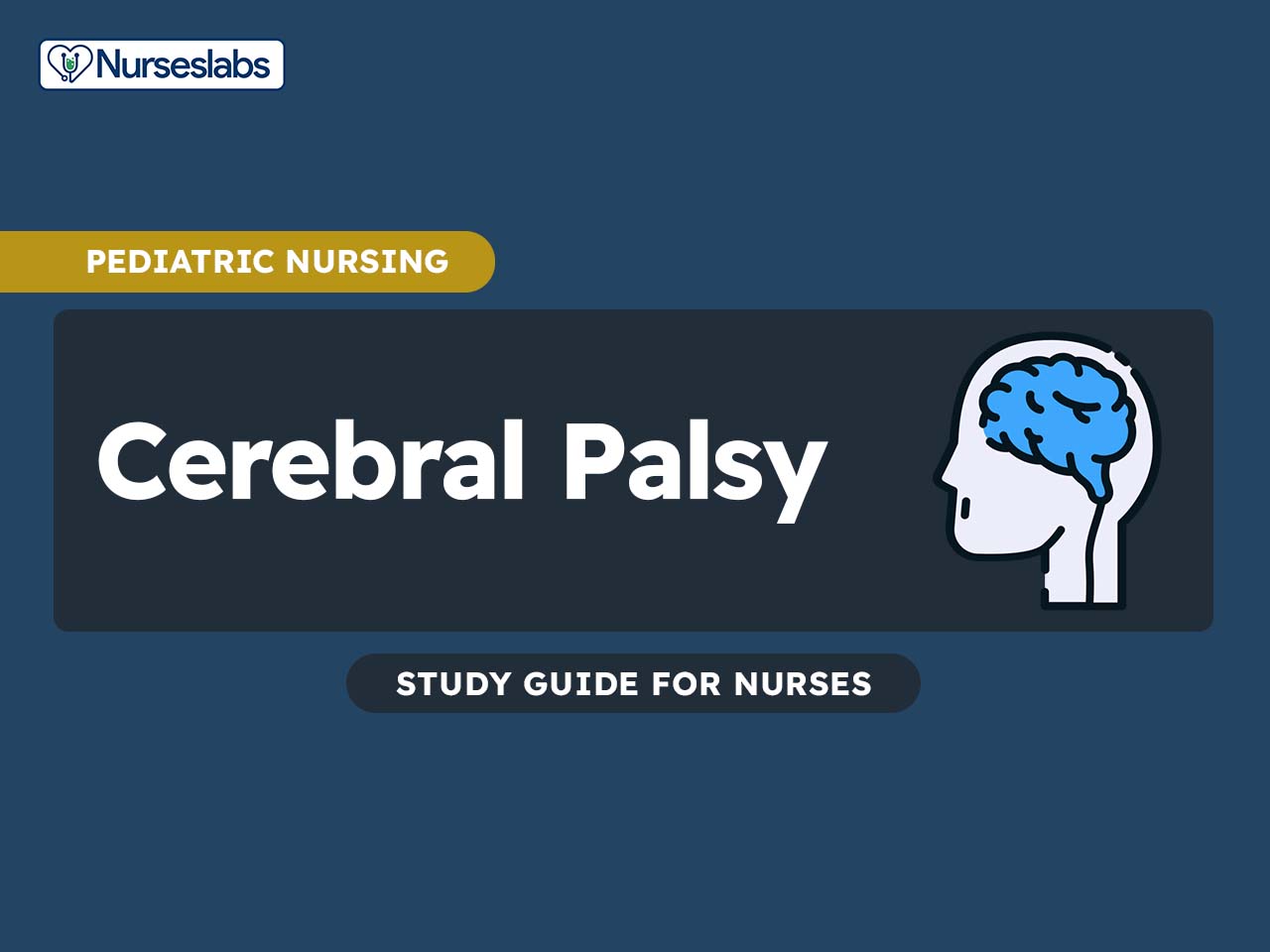
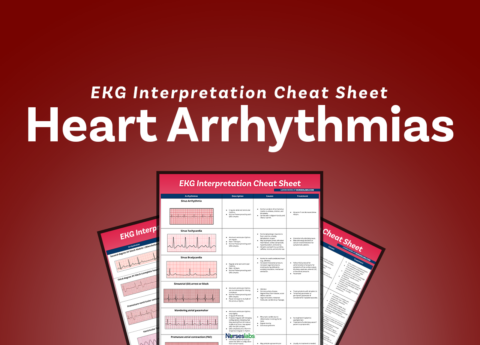





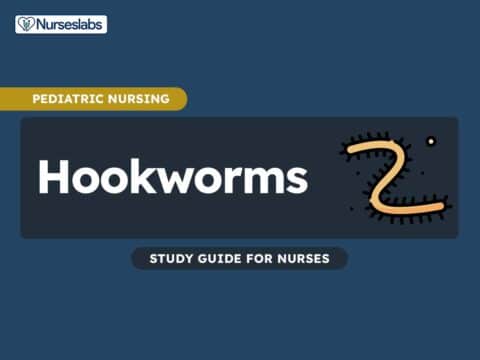
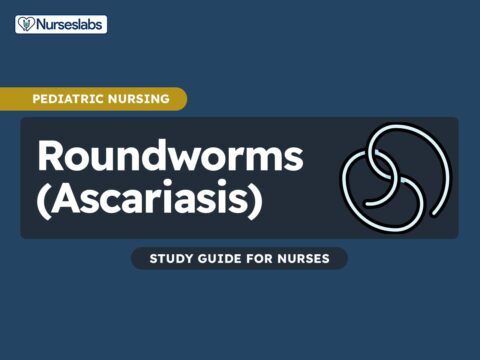
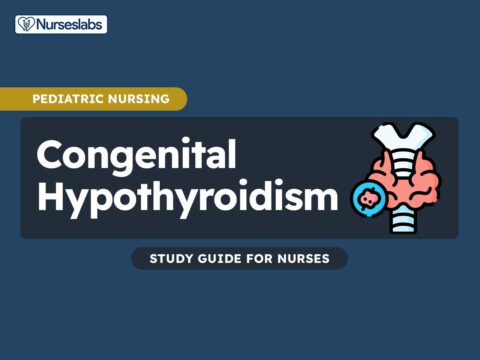
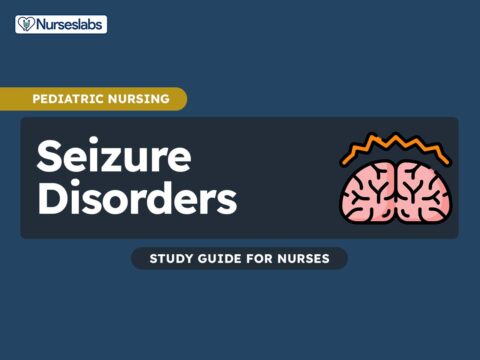
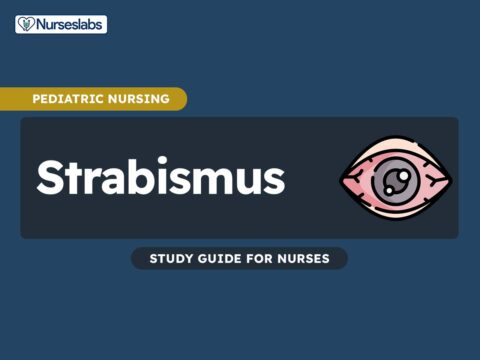
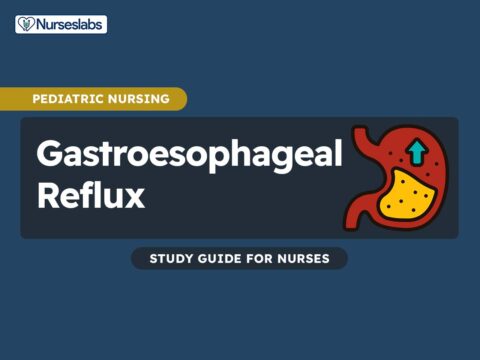

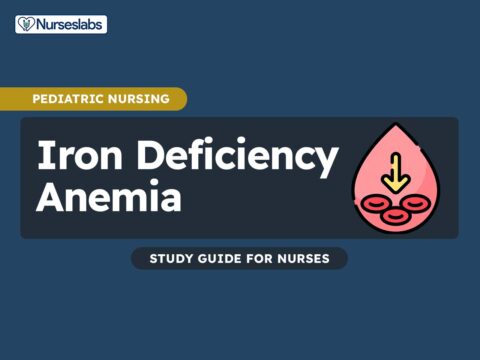


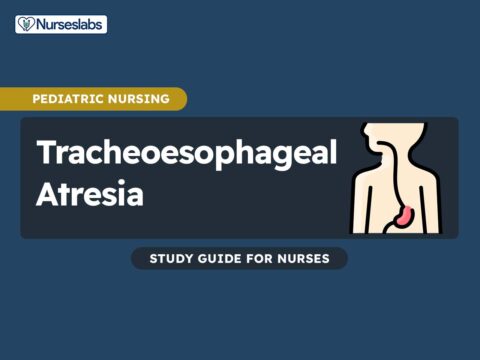

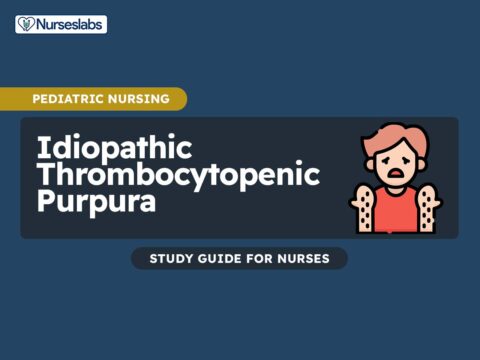

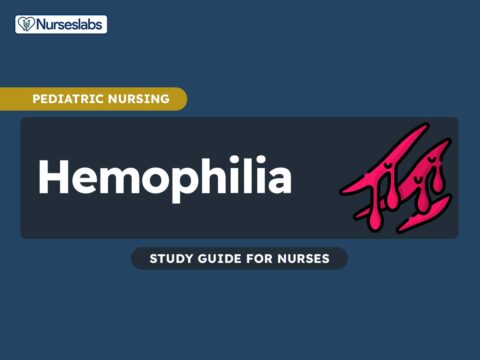

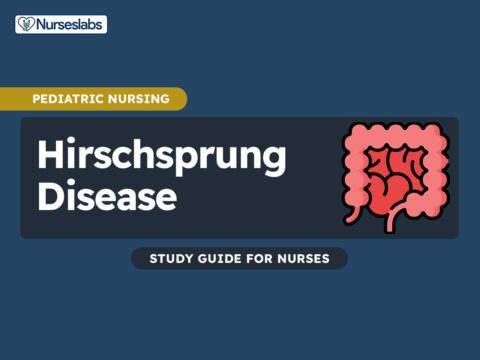
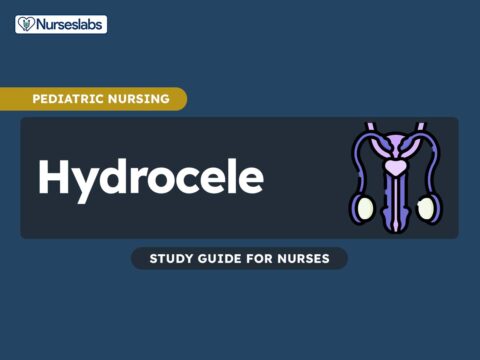

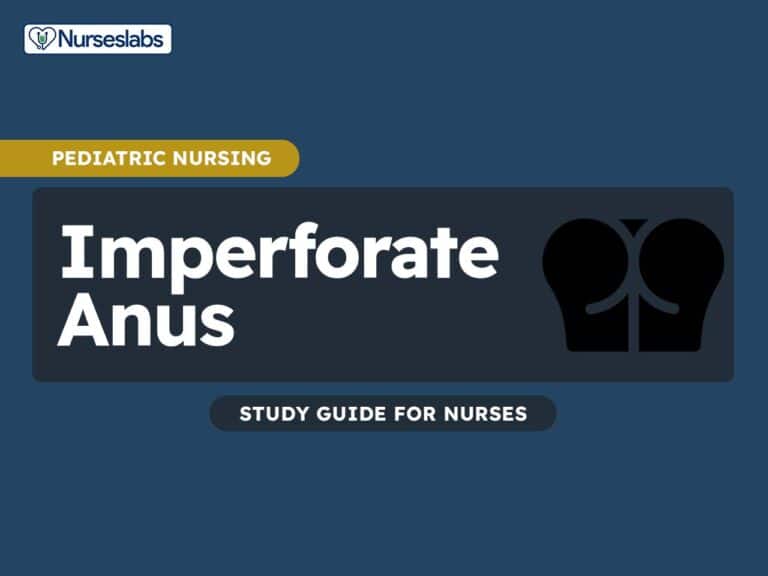
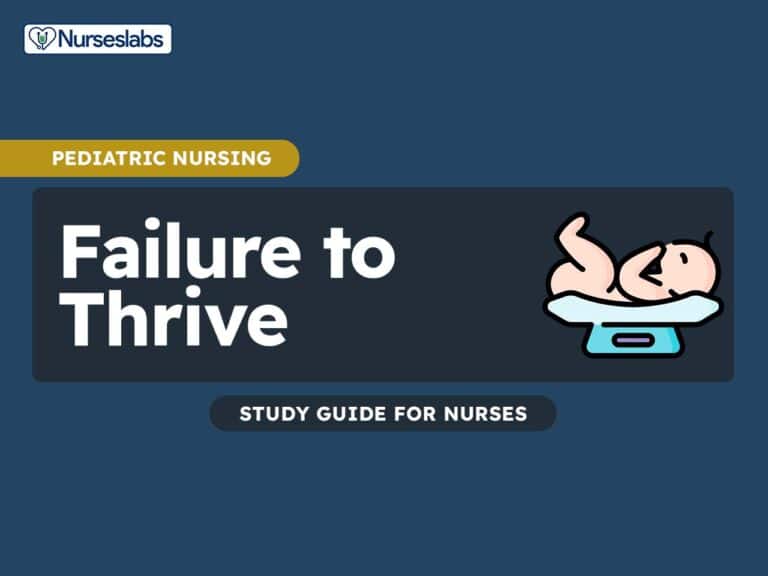
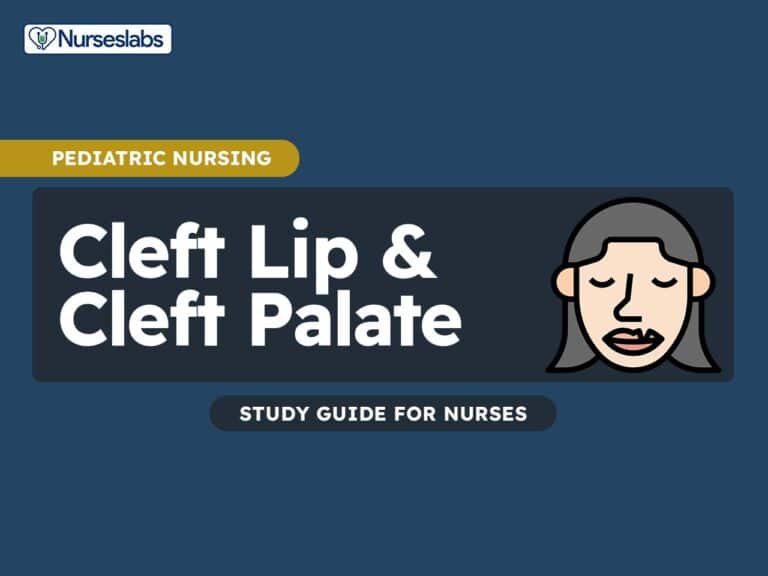

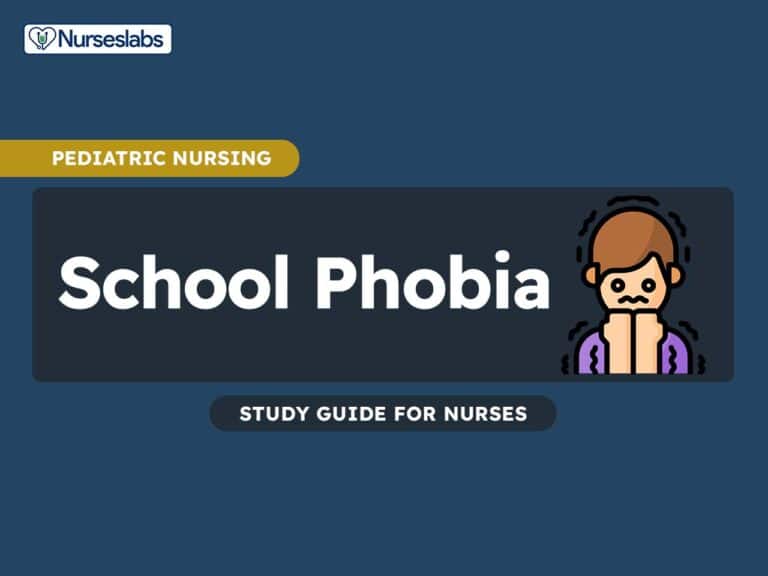



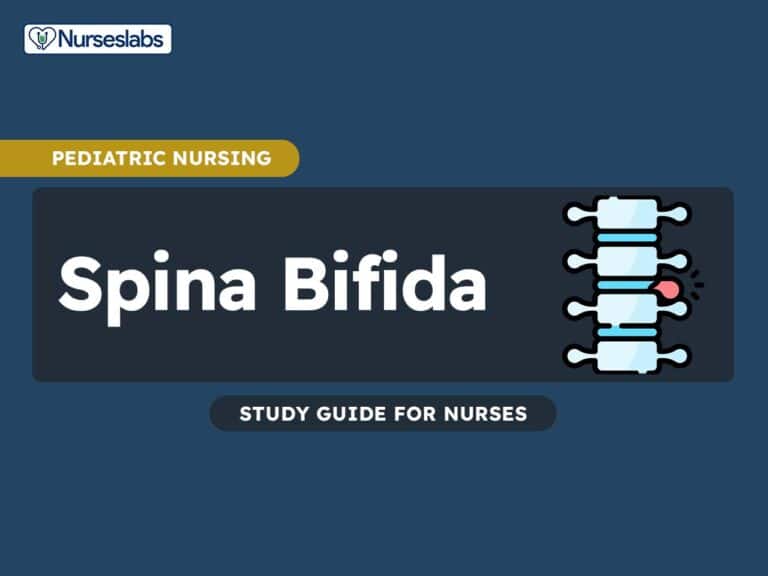
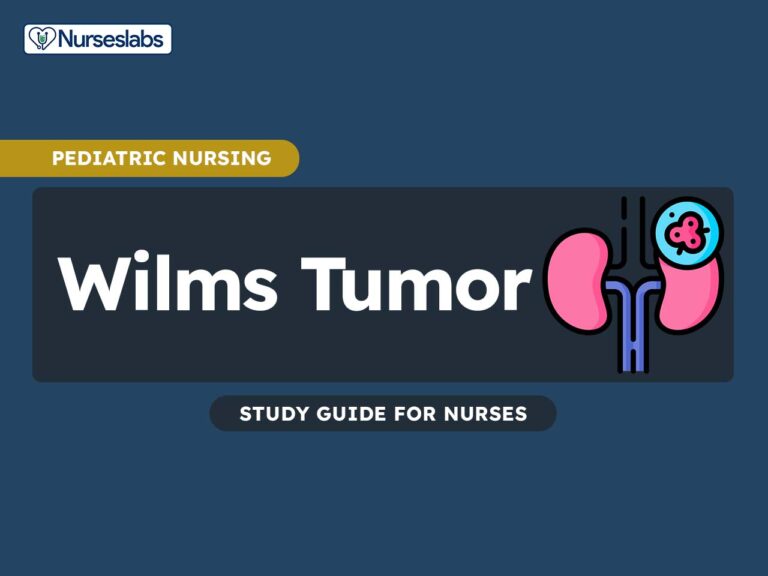

Leave a Comment